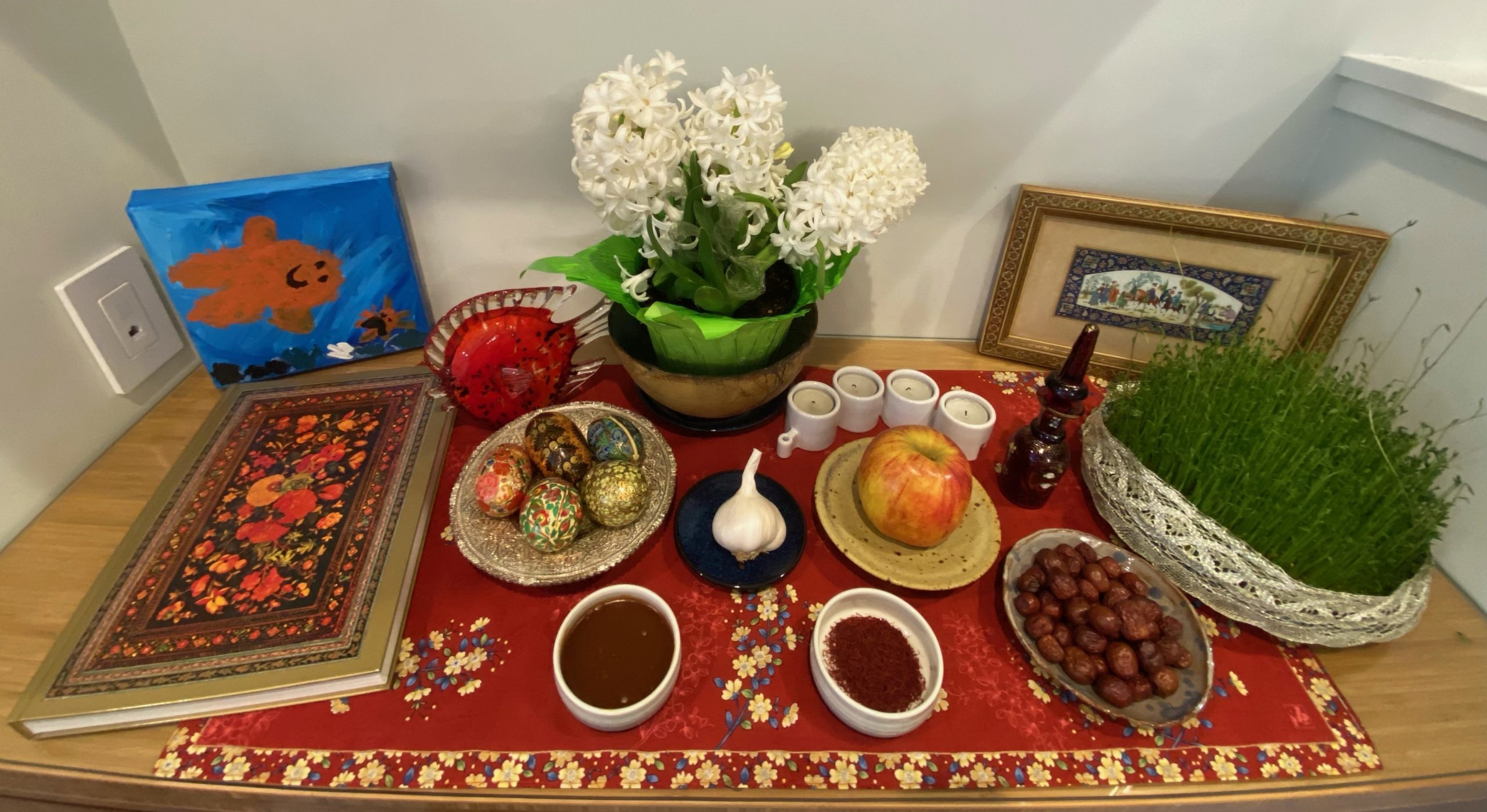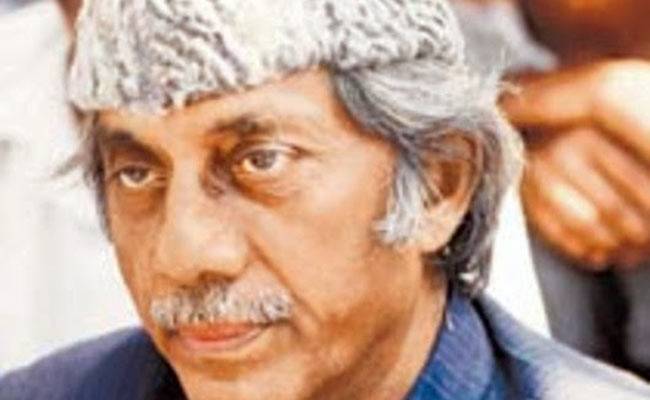Nowruz, meaning “new day” in Persian, is an ancient festival that marks the beginning of the Persian New Year and heralds the arrival of spring. Observed by millions of people worldwide, Nowruz holds profound cultural, historical, and spiritual significance, transcending borders and uniting diverse communities in a celebration of renewal and hope.
Historical Roots:
Nowruz has its origins in ancient Persia, dating back over 3,000 years. It was traditionally celebrated by the Zoroastrian community as a religious festival honoring the vernal equinox and the triumph of light over darkness. Over time, Nowruz evolved into a secular holiday, embraced by people of various faiths and cultural backgrounds, including Muslims, Christians, Jews, and others.
Symbolism and Traditions:
Nowruz embodies a rich tapestry of symbols, rituals, and traditions that reflect themes of rebirth, prosperity, and harmony with nature. Preparations for Nowruz typically begin weeks in advance and include thorough cleaning of homes, known as “khaneh tekani,” symbolizing the removal of negative energies and making way for new beginnings.
On the eve of Nowruz, families gather around the “haft-seen” table, adorned with seven symbolic items, each representing a different aspect of life, such as growth, health, and wisdom. These items may include sprouted wheat or barley (sabzeh), dried fruits (senjed), garlic (seer), apples (sib), sumac berries (somāq), vinegar (serkeh), and sweet pudding (samanu), among others.
Celebrations and Festivities:
Nowruz is a time of joyous celebration, marked by gatherings with family and friends, feasting on traditional dishes, and engaging in cultural performances and rituals. Communities come together to partake in music, dance, and storytelling, fostering a sense of unity and solidarity.
In Iran, the celebrations typically last for thirteen days, during which time people visit each other’s homes, exchange gifts, and offer prayers for prosperity and good fortune in the coming year. Similar festivities take place in countries across Central Asia, the Middle East, and beyond, showcasing the universal appeal and enduring legacy of Nowruz.
Global Impact and Legacy:
In 2009, Nowruz was inscribed on the UNESCO Representative List of the Intangible Cultural Heritage of Humanity, recognizing its significance as a symbol of cultural diversity and inclusivity. Today, Nowruz is celebrated by millions of people around the world, transcending national, ethnic, and religious boundaries.
As a time-honored tradition that celebrates the triumph of light over darkness and the renewal of life, Nowruz serves as a reminder of the resilience of the human spirit and the power of unity in diversity. It fosters cross-cultural understanding, strengthens bonds of friendship, and inspires hope for a brighter future.
Conclusion:
In conclusion, Nowruz represents more than just the arrival of spring or the beginning of a new year—it is a celebration of heritage, resilience, and the enduring human quest for renewal and unity. As we join together to observe Nowruz, let us embrace its timeless teachings of compassion, cooperation, and harmony, and strive to build a world where every day is a new day filled with hope and possibility.






